I must have been eight or so when my father took me to the Metropolitan Museum of Art in New York City to give me a seminal lesson about art. We walked through the many galleries until we found ourselves standing in front of a painting the size of a piece of copy paper. Look at this, Sal, he said, marveling, as we peered into the jewel-like world painted in the 15th century. He called it “the Sassetta”, after the artist, although its name was Journey of the Magi,
We stood for some time looking at the geese sailing through the azure sky, pink buildings, wintry trees, a Magi’s polka dot shirt, a horses’ red bridles, birds, the odd trees, guide star and the wonderfully animated procession that seemed to be preoccupied with something. (Click here to zoom into the painting to see its wondrous detail for yourself…)
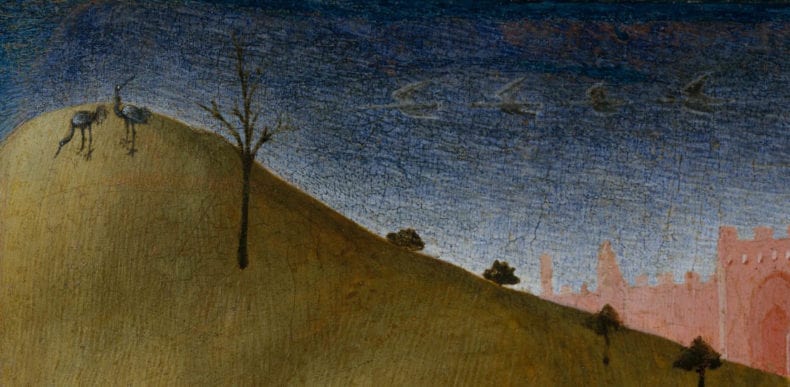
Then we walked back the way we came and left the Museum. He quietly explained that if you look at too many works, you can become too jaded to really take them in.
His favorite way to view art, which became my favorite way, was to look at one work, maybe two, REALLY look so that you got filled up with it and it would resonate inside you for hours. Which is what the Sassetta did that morning long ago.
There are works all over the city that I might stop to see when I am passing by. They have the curious feeling of being friends, like the bright red Calder sculpture on the corner of 57th Street and Madison Avenue that I am especially fond of hanging out with.
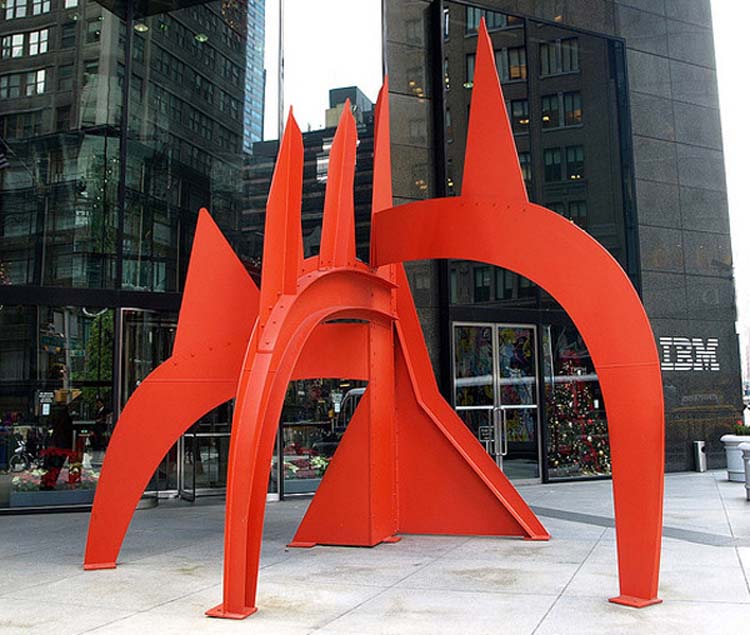
My friend Chris goes to the Met to visit Seated Buddha Reaching Enlightenment…

Of course, “work of art” can mean many things, and doesn’t necessarily have to be analog, as the Metropolitan Museum’s offering of their zoomable digital archive of works shows. You can look closely at the Sassetta or Chris’ Buddha from anywhere with an internet connection.
Art can be visited via books:
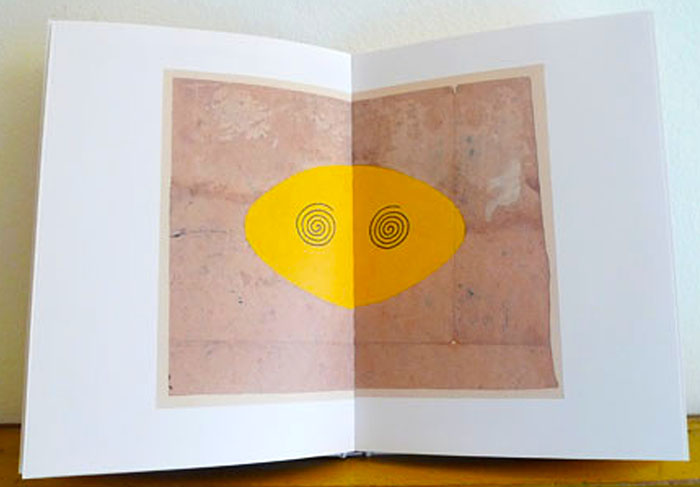
And of course there is nature. Trees are among my favorite old friends to visit.
In these days of relentlessly marketed consumption, it is a helpful practice… to have one beautiful thing be plenty.
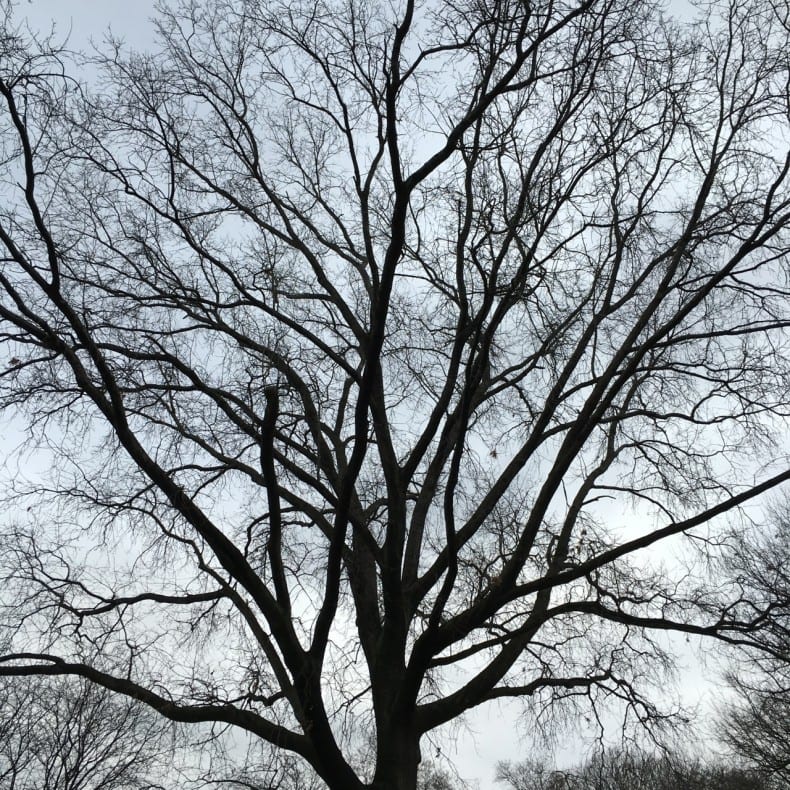

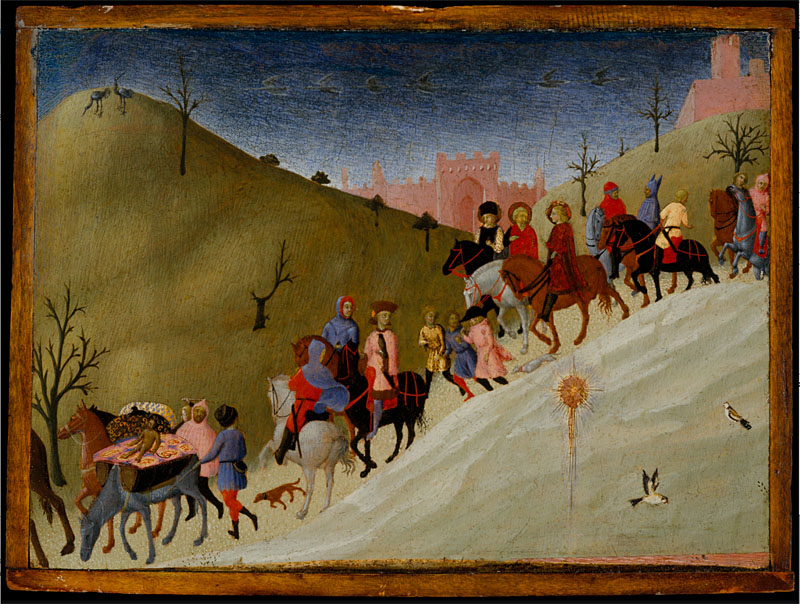
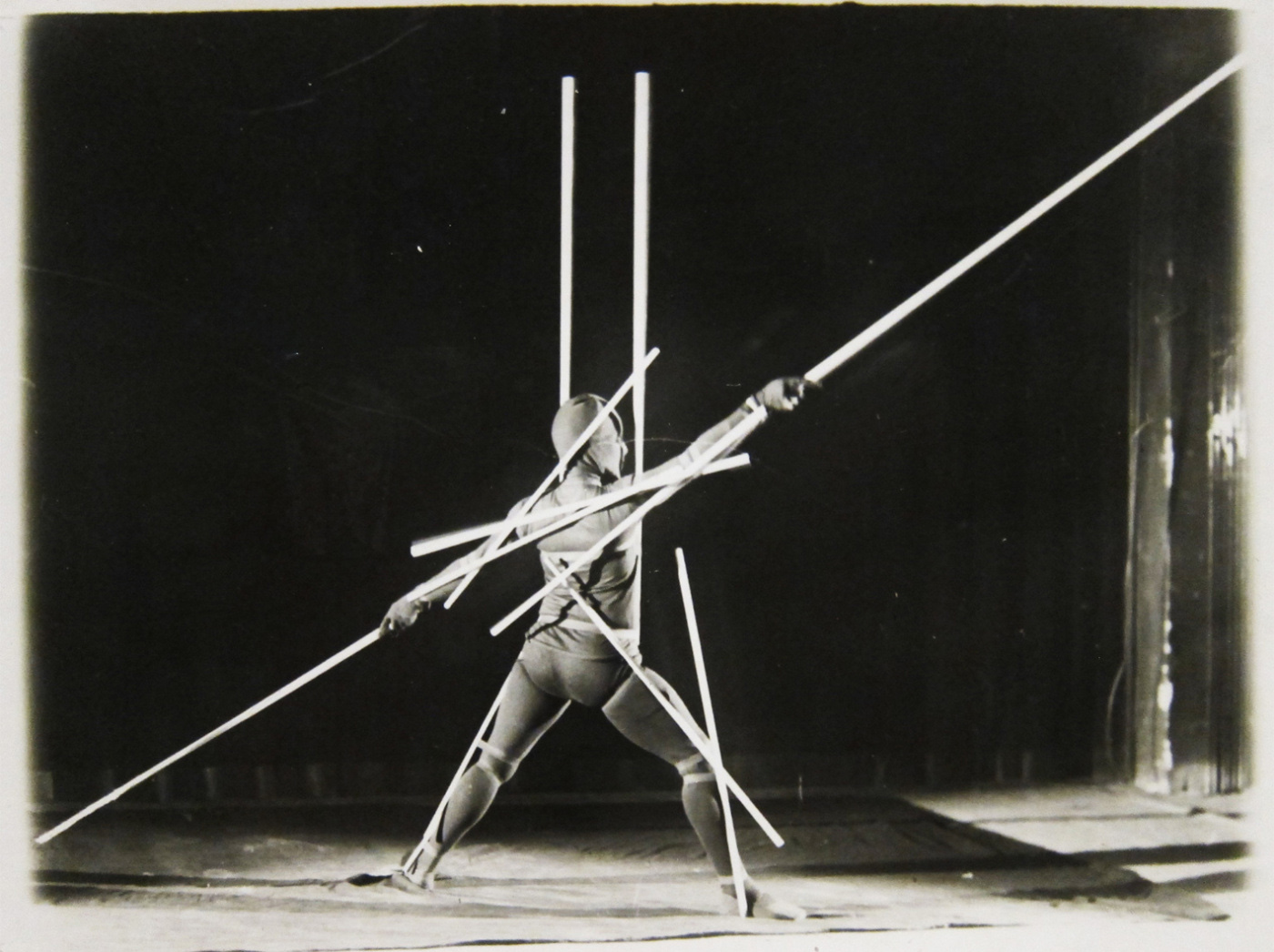
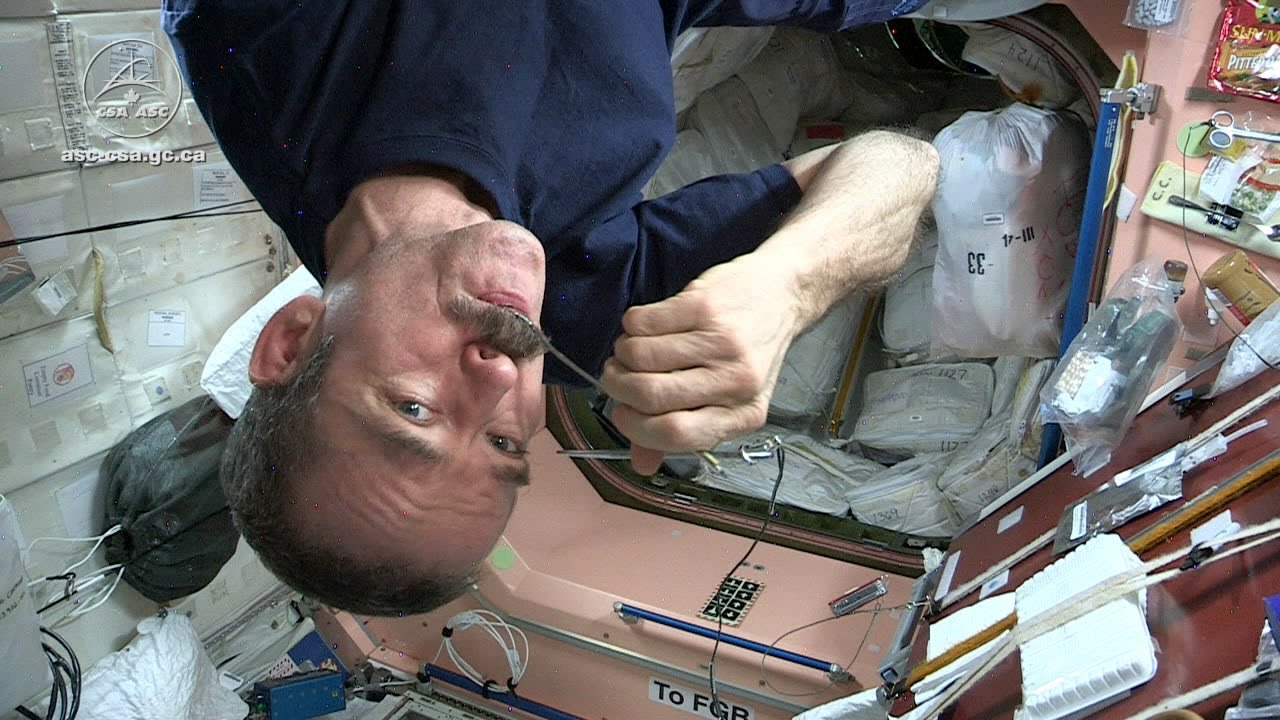

Yes, true, but if you don’t have the luxury of living in a city like NY, and paying ‘what you wish’ as at the Met, this approach is impossible. I lived in deep rural America growing up and the four art books we had in our house (and believe me, that was 4 more than most families) I pored over again and again. Now when I see those works whether in print or real life, I feel as if I meet old friends. But what if you have nothing? There is a kind of mind that thirsts for visual acuity. I hope kids get it at school (less & less likely) or their parents take them to the library (where I finally expanded my looking with Time Life art books).
Thanks for your comment. Of course, you are right. I had that idea in mind when I included the link to the Sassetta which enables the viewer to examine it closely, and the image of the tree, implying that “work of art” can be all sorts of things. But my writing (and mind and energy) flagged, and I didn’t convey it. So I’ve clarified it in a revision. Still, if you are a child without people to guide you to these resources, how do you know to look for them at the library, unless by that kind of divination that curiosity creates?
As a former art teacher I have visited many galleries, but when I go back the the Chicago Art Institute in my
state I always gravitate to Seurat’s “Sunday on the Island of La Grande Jatte”. I can stare at it for hours and see new colors and forms. It always makes me weep and hope that others will come to see it, knowing it will never leave the museum. Seurat was a genius.
My own personal Bodhisattva Avalokiteshvara in Water Moon Form (Shuiyue Guanyin) 11th century
https://www.metmuseum.org/art/collection/search/42731?searchField=All&sortBy=Relevance&deptids=6&ft=seated+bodhisattva&offset=0&rpp=80&pos=33
Beautiful. What a friend!